A leading global investment banking firm, Goldman Sachs Group, this week, predicted that a significant devaluation of the naira is expected within the next 12 to 18 months.
The investment firm believes this will help bring about “the desired balance” required to stabilize the currency. This was contained in an exclusive Bloomberg Terminal report published on Bloomberg. However, Bloomberg cited the link in an article reviewing the state of Nigeria’s equities market.
According to Bloomberg, “Goldman Sachs Group Inc. this week said a significant devaluation of the naira is likely in 12 to 18 months to stabilize Nigeria’s external accounts. An exchange rate of 500-550 per dollar should bring about the desired balance…. compared with a current rate of about 407”. Bloomberg
Nigeria’s one year forward trades at N408.21/$1.
Nigeria’s Forex Challenges
Nairametrics reported during the week that the central bank had devalued the official exchange rate to N380/$1 from N360.1/$1. The adjustment occurred on Thursday, August 6th, 2020. The adjustment is thought to be a move towards unification of the multiple exchange rate windows
The CBN has adjusted the official exchange rate twice this year. The first one was from N307/$1 to N360/$1 and then just last week, from N360/$1 to N380/$1. At the NAFEX market were the exchange rate is determined by market forces, the exchange rate trades between N388-N390 though turnover remains thin. The SMIS window currently exchanges forex at N380.69/$1 and BDC segment N447/$1. The parallel market exchange rate has averaged N475/$1 more recently.
Last month, the Nairametrics tracker indicates only $937 million was exchanged in July at the NAFEX market compared to $875 million in June. Forex analysts suggest pent up demand for forex is between $1.5 billion to $5 billion some of which include dividends and investments waiting to be repatriated out of Nigeria. CBN Governor Godwin Emefiele has promised to meet this demand when economic activities pick up in the country.
What this means: According to Nairametrics Research Team, whilst Goldman Sachs projection is shared by some hawkish analysts a lot is still yet to be considered. A reopening of the economy and return to full economic activities could change the demand and supply dynamics.
The direction of the exchange rate will be determined by oil prices, growth in the global economy, and Nigeria’s forex policies. The last time, Nigeria wrestled back from an exchange rate above N500/$1 the CBN created the I&E window allowing foreign investors to trade forex freely. The CBN also offered high-interest rates for OMO bills allowing foreign investors to keep their forex within the country.
The exchange rate disparity is currently due to low forex supply at the BDC, SMIS, and NAFEX markets respectively. These scarcity is forex is caused in part by the Covid-19 pandemic which has kept foreign investment out of the country limiting the supply available to the government. If this situation improves, then we could see a convergence between the parallel market to the NAFEX market with the former strengthening towards the latter.
However, a further devaluation could occur if forex scarcity persists and corporates find it difficult to purchase forex at the NAFEX(I&E) window driving up demand at the black market.
Note: This article was updated to reflect new information.

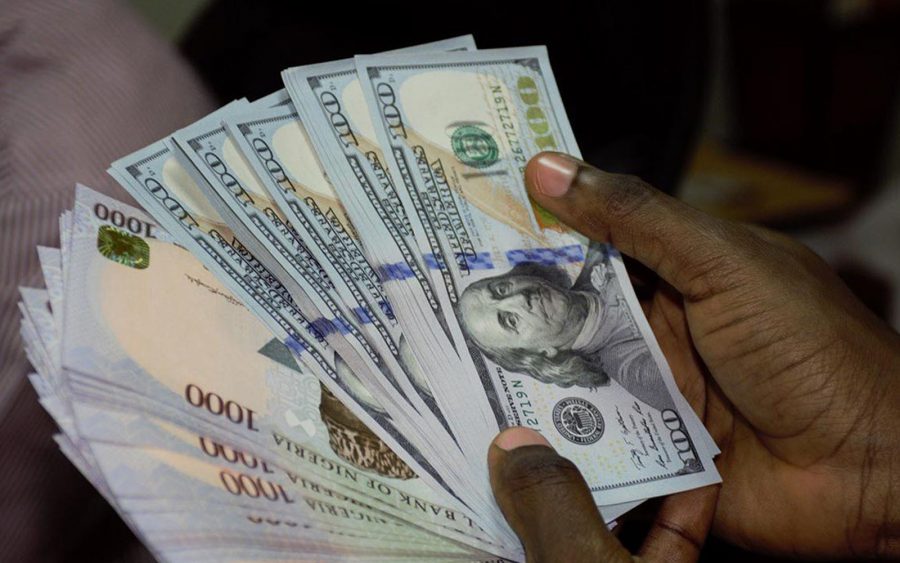







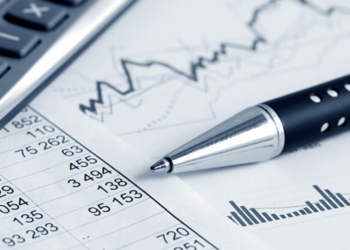

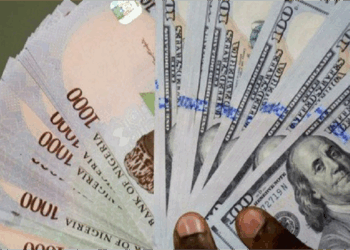
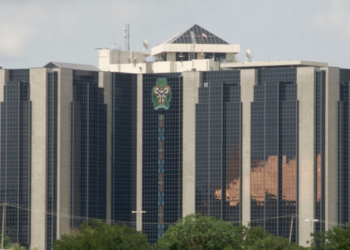

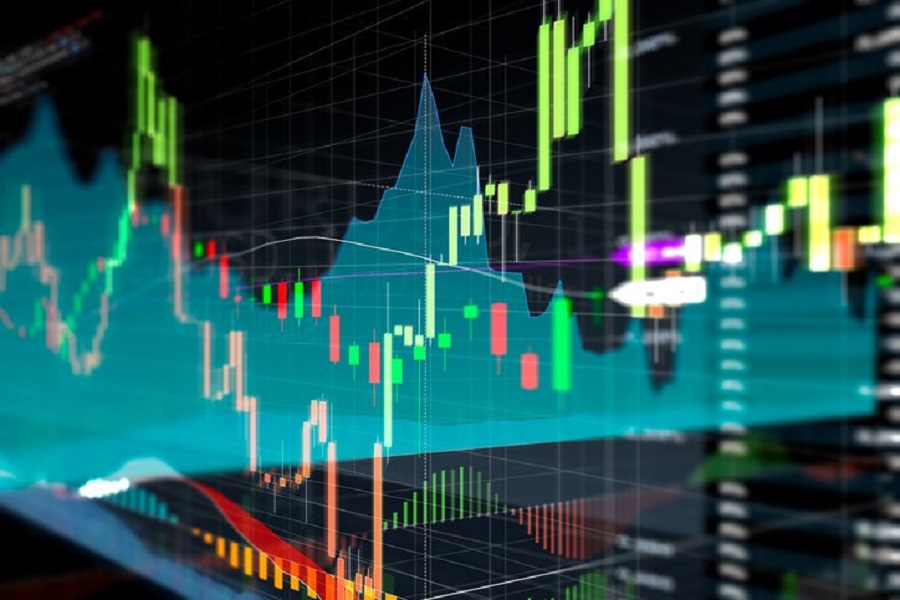










Dunno which top three commercial bank you worked that you’re correcting Goldman Sachs on your internet blog